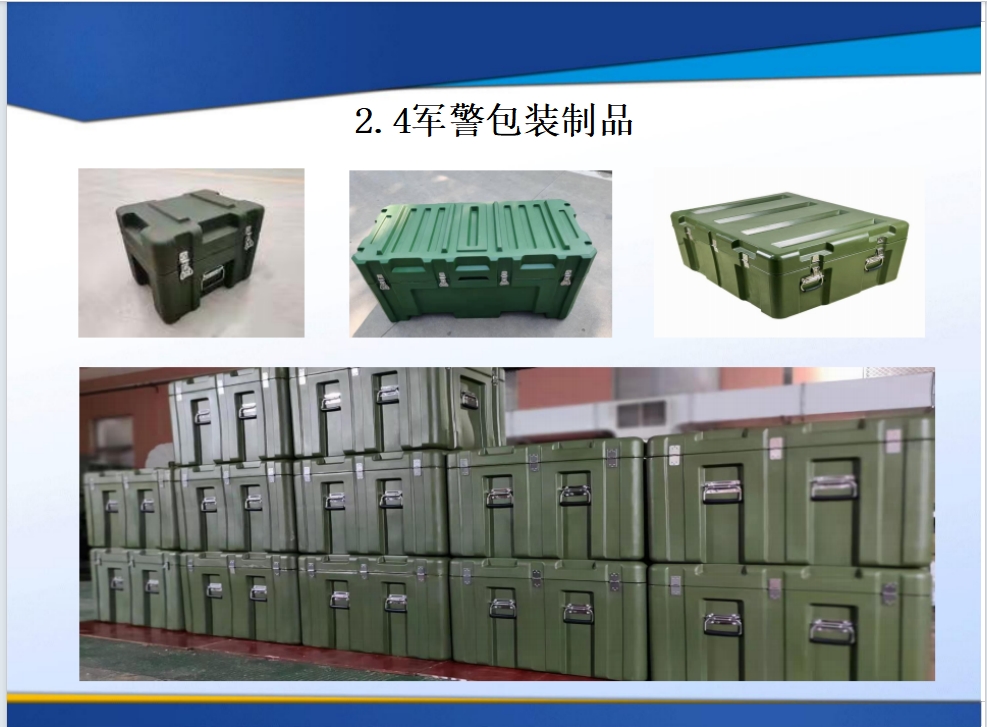Flood prevention and rescue is a systematic project. In flood prevention and rescue, it is necessary to estimate the development trend of the danger based on the changing trends of water, rain, and construction conditions. It is necessary to combine specific situations, pay attention to some details in the rescue process, such as embankment inspection, reporting and receiving of danger, formulation and implementation of rescue plans, observation and protection after the danger is controlled, selection and call of materials, roads, and transportation vehicles, in order to facilitate the discovery, control, and escape of danger. Flood prevention and rescue have strong technicality, timeliness, pertinence, high responsibility, and are related to public interests. It is necessary to implement a professional registration qualification system to more effectively safeguard public interest and safety.
Precautions for flood prevention and emergency rescue
Flood prevention and rescue is a systematic project involving hydrology, geology, meteorology, materials, personnel organization, technical solutions, road traffic, materials and funds, etc. It is a highly policy oriented, technical, timely, and targeted work. The development of dangerous situations has a process of starting from scratch, growing from small to large, and gradually developing. If the dangerous situation can be detected in a timely manner, the rescue plan is correct, the implementation process is error free, the observation and protection are serious, and the materials, roads, and transportation are effectively guaranteed, it is not difficult to turn the dangerous situation into safety. In order to ensure that flood prevention and emergency rescue are foolproof, there are some issues worth paying attention to from the aspects of embankment inspection, reporting and receiving emergencies, formulation and implementation of emergency rescue plans, monitoring and observation, material preparation, as well as the use of transportation roads and vehicles. Flood prevention canvas sandbag
- Patrol embankments and inspect risks
Although the inspection of embankments has gradually become standardized and institutionalized, with regulations on the scope, content, and alarm methods of inspections, in actual embankment inspections, some embankment sections have residential houses 3-5 meters away from the foot of the embankment, and the inspection personnel cannot enter the house to conduct inspections. During the rescue, local damage may be caused to the house at the location of the accident, and it will also have an impact on the household head during the observation and protection after the accident. The household head generally does not actively report the danger that occurs indoors or in the courtyard, and even conceals the situation of water wells in the courtyard. They only report it voluntarily when the danger develops and worsens. At this point, the rescue time for the dangerous situation had already been delayed. Therefore, in areas where there are residential houses within the inspection range, patrol personnel should proactively inquire with the homeowner if there are any abnormal situations. During high water levels, they should enter the house with the homeowner’s consent to conduct a risk inspection. Eliminate blind spots or blank sections within the inspection range.
- Insurance reporting and acceptance
Insurance claims generally involve both non professionals and professional technicians, and only professional technicians are required to accept the insurance. However, in actual flood prevention work, not all risk takers are professional technicians. Due to various reasons, some flood control agencies implement full staff on duty during the flood season. Some workers from trade unions, audit departments, and other departments are arranged to participate in the risk group duty, and often serve as substitute personnel for lunch and dinner on duty independently. This time is often the time for patrol and inspection personnel or frontline flood control departments to report risks. Even professional and technical personnel, because some personnel have been working in the agency for a long time, have never seen any risks in flood control for many years, and even do not understand the names of various parts of culverts and gates. They lack emotional recognition of various risks and hydraulic structures, and do not understand the basic situation of the damaged embankment section. These are not conducive to early prevention and timely handling of risks.
Embankment patrol personnel are generally non professionals who can only provide an approximate description of the danger when reporting it. They are not familiar with the elevation and flow rate of the affected area, and often refer to the hole diameter, crack width, etc. as “the fist at the hole is large” or “the crack width is one finger”. This requires the rescue personnel of the township flood control agency to estimate the affected area based on the water level of the outer river, the elevation of the embankment top, the elevation and width of the platform, etc., and to roughly judge the severity of the danger by understanding the average size of the fist, arm, palm, wrist, and finger of the human body parts. This is so that the technical personnel responsible for rescue can propose a preliminary plan to allocate the quantity and types of rescue personnel, machinery, and materials before arriving at the scene. Master the initiative of flood prevention and rescue.
Generally speaking, the emergency personnel of township flood control agencies are also the reporting personnel of higher-level flood control agencies. Based on the specific feedback from the technical personnel responsible for rescue after arriving at the scene, they should make professional and standardized corrections, supplements, and verifications to the reporting of the patrol and inspection personnel, and then report, such as the correction, supplementation, and verification of the elevation, hole diameter, and crack width of the affected area. From the actual situation, the flow rate in pounds per minute or mineral water bottles per minute, ml per minute is more operable than m3/min or m3/s, and it is also conducive to the quantification of frontline flood prevention personnel’s monitoring and observation after the danger is controlled.
This procedure is not suitable for major emergencies. After the technical personnel responsible for rescue arrive at the scene, they should handle the situation and directly report to the higher-level flood control agency. They can use the gaps in rescue or control the situation before feeding back the areas that need to be corrected or supplemented to the emergency personnel of the township flood control agency.

